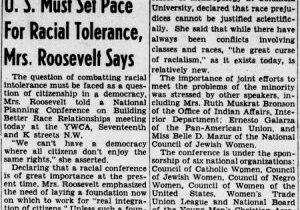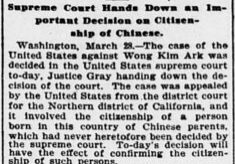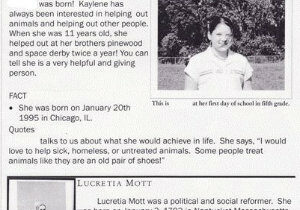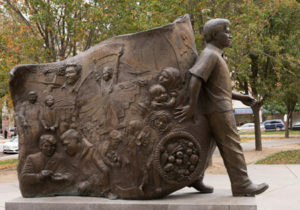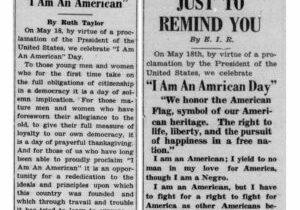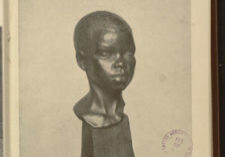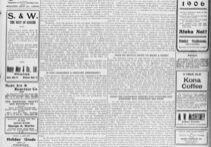Lesson Plans
Pledge of Allegiance Image Sequencing
Most school children in the United States recite the Pledge of Allegiance every morning. But what does the pledge really mean? By analyzing primary source images and pairing them with the text, students deepen their understanding of a citizen's commitment to country. After, students create and decorate their own pledge to family, heritage, culture, class, or school.
I Am an American Day
Students analyze historical newspaper opinion pieces, focusing on argument, audience and author purpose. After comparing and contrasting the texts, students write a short opinion piece for a modern-day audience that speaks to being an American.
The Brownies’ Book: I Am an American Citizen
Students analyze an issue of the Brownies' Book to investigate its historical significance and explore how the theme of American citizenship was presented to children back then and could be represented to youth of today.
Chinese Citizenship in Hawaii
Students analyze early 19th-century arguments against citizenship for Chinese immigrants to Hawaii and one journalist's rebuttal to that "defense", then investigate arguments for and against an immigrant group in America today and compare the historical and contemporary debates.

